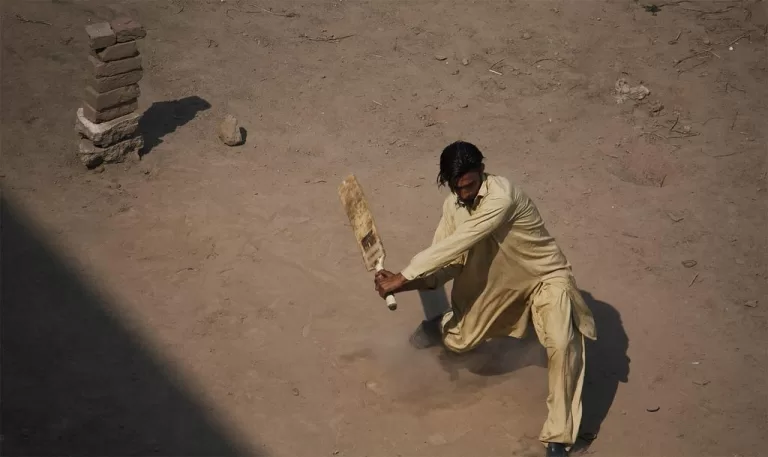Hosting the PSL4 opening ceremony in Pakistan will be a massive step…
The change in scenery will be a huge leap forward as previous opening ceremonies, along with the vast majority of matches, were held in the UAE. In fact, Sharjah is often referred to as Pakistan’s second home due to the team’s frequent usage of it.
Mr. Najam Sethi, chairman of the Pakistan Cricket Board (PCB), continues to emphasise the words, “Cricket is coming back to Pakistan.” However, there are certain hurdles to cross before such a mammoth task can be accomplished. If you’re not the biggest cricket fan or you’re largely unconcerned by what goes on behind the scenes, let me cut to the chase: The first step, and arguably the important, is for PSL matches to be played in Pakistan.
This allows the franchises and the board to profit more handsomely on their investments as the current marketing strategy fails to exploit the tournament’s viewership potential. For example, the amount of money franchises were able to collect through ticket sales for all the games played in the UAE was almost equal to the match-day revenue generated in Karachi alone.
The people who showed up to stadiums in the Gulf were mainly overseas Pakistanis or of South Asian origin, with the labour force contributing the most numbers. Hence, expecting a huge audience even in the final stages of the competition is unrealistic. It would also be eye-catching for local investors if cities like Lahore, Karachi, and Rawalpindi were exposed to more top-quality cricket.
Preparations for Season 4 of Pakistan Super League start. Important meeting in Lahore between PSL Chairman Najam Sethi and all PSL Franchise owners #YellowStorm pic.twitter.com/j1Iu7LIkkL
— PeshawarZalmi (@PeshawarZalmi) May 2, 2018
Given the scale of the transition, there are several issues that could prove to be a hindrance for matches in Pakistan. Safety concerns are arguably the most pivotal as the process of transporting teams is akin to moving criminals between maximum-security facilities. This means that portions of the city are cordoned off every time there’s a game, which impedes both traffic and day-to-day commercial activities. If anything, our focus should be on improving the country’s overall security situation and maintaining that level throughout the entire year – with civilians benefiting from the changes as well.
Even if all the appropriate arrangements are made with the utmost efficiency, is there any guarantee that foreign players be willing to come to Pakistan for such a long stretch? When the emphasis is on T20 cricket, the audience wants to see big-hitters slogging the ball around in their favourite stadiums – and convincing the likes of AB de Villiers, JP Duminy, Ben Stokes etc. to lend their support would skyrocket match-ratings. Again, this would be a favourable scenario for both the board and the franchises.
Timing also plays a decisive role when such steps are being taken. We can’t force foreign cricketers to visit, but their presence is detrimental to the PSL’s prosperity. One can only hope that the games Pakistani cities have hosted in past editions of the tournament, along with a few other low-key international matches, are enough to ease their concerns.
If the PCB can manoeuvre through these hurdles, as they admittedly have done in recent years, then the potential for growth is endless. A gradual change in perception is needed for the international community to consider Pakistan a viable venue for cricket again – and there’s nothing that supporters want more than to see their beloved team return to its rightful home.
